Jap Maple- Must I prune or can I leave it alone
eastatliens
15 years ago
Featured Answer
Comments (24)
gardengal48 (PNW Z8/9)
15 years agokaitain4
15 years agoRelated Professionals
Barrington Hills Landscape Architects & Landscape Designers · Wakefield Landscape Contractors · Athens Landscape Contractors · Bowie Landscape Contractors · Clearlake Landscape Contractors · Cupertino Landscape Contractors · Golden Gate Landscape Contractors · Lakeville Landscape Contractors · Tigard Landscape Contractors · West Chester Landscape Contractors · Fremont Fence Contractors · Marana Fence Contractors · Palmetto Bay Fence Contractors · Slidell Fence Contractors · Tucson Fence ContractorsEmbothrium
15 years agoeastatliens
15 years agoEmbothrium
15 years agoherman_neutics
15 years agogardengal48 (PNW Z8/9)
15 years agodavidv
15 years agotree_oracle
15 years agoeastatliens
15 years agodavidv
15 years agodavidv
15 years agoherman_neutics
15 years agodavidv
15 years agogardengal48 (PNW Z8/9)
15 years agoEmbothrium
15 years agotree_oracle
15 years agoEmbothrium
15 years agoherman_neutics
15 years agodavidv
15 years agoherman_neutics
15 years agoLisa Toles
7 years agoMike McGarvey
7 years ago
Related Stories

GARDENING GUIDESHow to Prune Your Flowering Shrubs for the Best Blooms
Less is often more when it comes to properly pruning flowering shrubs. Here’s what to do and why
Full Story
WINTER GARDENINGPruning Secrets for Exquisite Roses
Encourage gorgeous blooms year after year with this time-tested advice on how to prune your rosebush in winter for health and shape
Full Story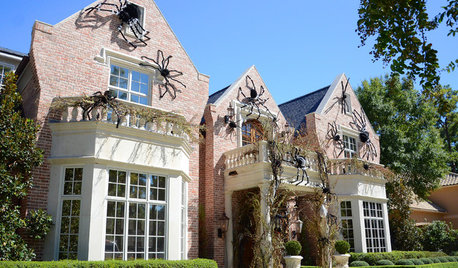
FUN HOUZZSurvey Says: We’re Scared of Being Home Alone — and Spiders
A new Houzz survey reveals that most of us get spooked in an empty house. Find out what’s causing the heebie-jeebies
Full Story
TREES11 Japanese Maples for Breathtaking Color and Form
With such a wide range to choose from, there’s a beautiful Japanese maple to suit almost any setting
Full Story
FEEL-GOOD HOMEThe Question That Can Make You Love Your Home More
Change your relationship with your house for the better by focusing on the answer to something designers often ask
Full Story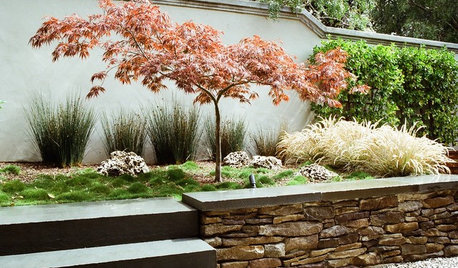
GARDENING AND LANDSCAPINGGreat Design Tree: Japanese Maple
Lacy form and fiery fall color make Japanese maple a welcome tree for garden or patio
Full Story
GARDENING GUIDES12 Japanese Maples for a Sunny Garden
The right maple in the right place shines in hot summer sun
Full Story
TREESGreat Design Plant: Coral Bark Japanese Maple, a Winter Standout
Go for garden gusto during the chilly season with the fiery red stems of this unusual Japanese maple
Full Story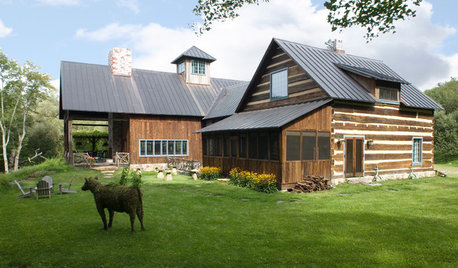
LIFEThe Polite House: Do I Have to Display Decor Given to Me as a Gift?
Etiquette columnist Lizzie Post tackles the challenge of accepting and displaying home decor gifts from frequent visitors
Full Story
GARDENING GUIDES13 Japanese Maples for Shade
A surprising variety of these understory trees is waiting to make a statement in your shade garden
Full StoryMore Discussions






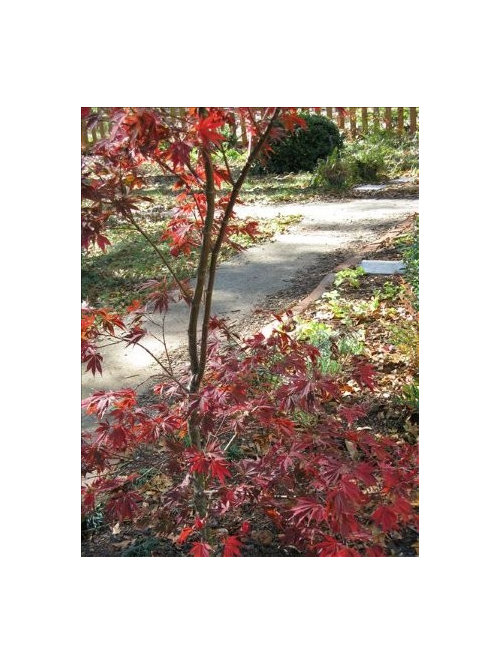
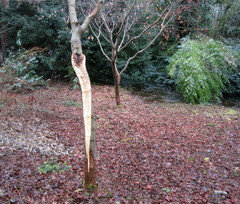
kaitain4